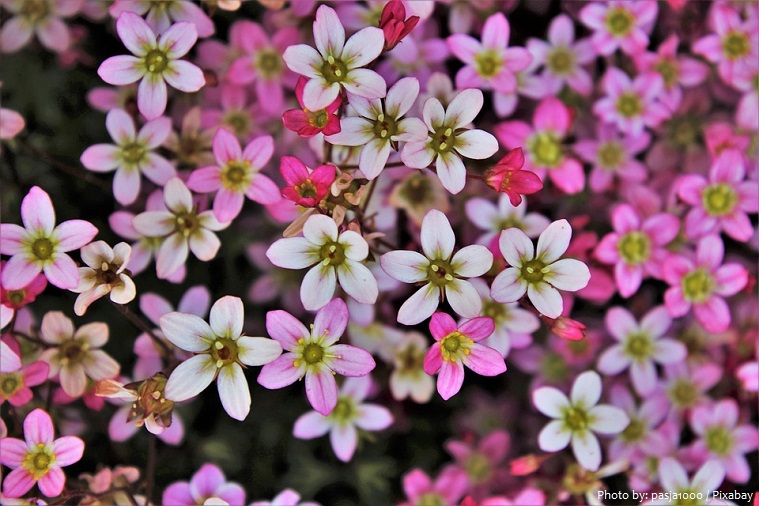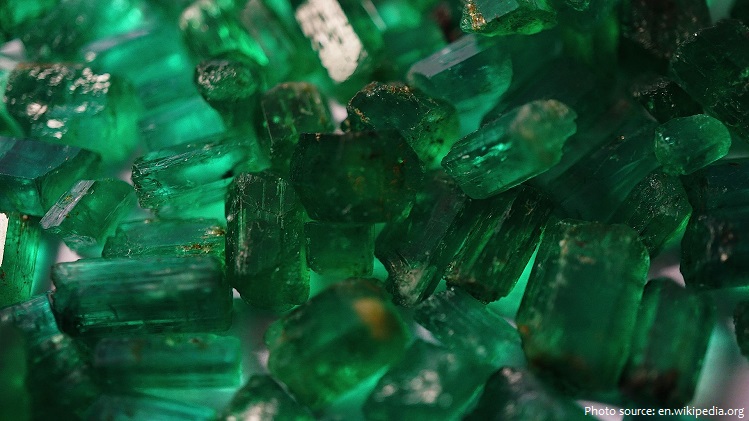
May is the fifth month of the year in the Julian and Gregorian calendars.
It is the third of seven months to have a length of 31 days.
May is a month of spring in the Northern Hemisphere and autumn in the Southern Hemisphere. Therefore, May in the Southern Hemisphere is the seasonal equivalent of November in the Northern Hemisphere and vice versa.
Late May typically marks the start of the summer vacation season in the United States (Memorial Day) and Canada (Victoria Day) that ends on Labor Day, the first Monday of September.

May comes from the Latin Maius, probably referring to the goddess Maia. She embodied the concept of growth, both in nature and in business. Others connect Maius with Maiores, the ancestors or “the greater ones.”
Conversely, the Roman poet Ovid provides a second etymology, in which he says that the month of May is named for the maiores, Latin for “elders,” and that the following month (June) is named for the iuniores, or “young people”.
In May, the ancient Romans celebrated Floralia, a festival for fertility. Floralia lasted from April 27 to May 3 and included theater plays, dancing, and banquets. The Romans sacrificed a pregnant sow to the earth goddess Terra for a fruitful harvest.

May Day is a public holiday, in some regions, usually celebrated on 1 May or the first Monday of May. It is an ancient festival marking the first day of summer, and a current traditional spring holiday in many European cultures. Dances, singing, and cake are usually part of the festivities. In 1889, May Day was chosen as the date for International Workers’ Day by the socialists and communists of the Second International, as well as anarchists, labor activists, and leftists in general around the world, to commemorate the Haymarket affair in Chicago and the struggle for an eight-hour working day. International Workers’ Day is also called “May Day”, but it is a different celebration from the traditional May Day.
Memorial Day is a federal holiday in the United States to honor and mourn the U.S. military personnel who have died in the course of carrying out their duties. The holiday is observed on the last Monday of May. The holiday was observed on May 30 from 1868 to 1970.

May devotions to the Blessed Virgin Mary refer to special Marian devotions held in the Catholic Church during the month of May honoring Mary, mother of Jesus as “the Queen of May”. These services may take place inside or outside. A “May Crowning” is a traditional Roman Catholic ritual that occurs in the month of May.
Cinco de Mayo commemorates the Mexican victory over the French during the Battle of Puebla on May 5, 1862. Over time, it has evolved into a day of celebrating Mexican culture.
May 2 is National Truffle Day – traditionally truffles are made with a chocolate ganache center and are coated in chocolate, icing, and cocoa powder. Nontraditionally (but still deliciously), they can be filled with marshmallow cream, liqueur, fruit, or caramel. To celebrate this day in style, invite your friends over to sample some chocolatey truffles.

May 4 is Star Wars Day because the date, stated as “May the fourth” sounds like the well-known phrase from Star Wars, “May the force be with you.” The sentence first appears in Star Wars: Episode IV – A New Hope (1977). The characters say it to wish each other good luck. Two years after the movie was released, the Conservative Party in the United Kingdom congratulated their candidate, Margaret Thatcher, for being elected Prime Minister. On May 4, 1979, they published an ad in a newspaper saying, “May The Fourth Be With You, Maggie. Congratulations.” This might have been the beginning of May 4 as Star Wars Day.
May 11 is National Eat What You Want Day – it is the perfect excuse (not that you need one) to treat yourself to something a little more decadent than you’d normally eat. Whether it’s pizza loaded with toppings, or a dense chocolate cake, enjoy some of your favorite foods today.
May’s birthstone is the emerald which is emblematic of love and success.

The May birth flowers are the Lily of the Valley and the Crataegus monogyna. Both are native throughout the cool temperate Northern Hemisphere in Asia, Europe, and in the southern Appalachian Mountains in the United States, but have been naturalized throughout the temperate climatic world.
The “Mayflower” Epigaea repens is a North American harbinger of May, and the floral emblem of both Nova Scotia and Massachusetts. Its native range extends from Newfoundland south to Florida, west to Kentucky in the southern range, and to Northwest Territories in the north.
The zodiac signs for the month of May are Taurus and Gemini.
Eta Aquariids meteor shower appears in May. It is visible from about April 21 to about May 20 each year with peak activity on or around May 6. The Arietids shower from May 22 – July 2, and peaks on June 7. The Virginids also shower at various dates in May.